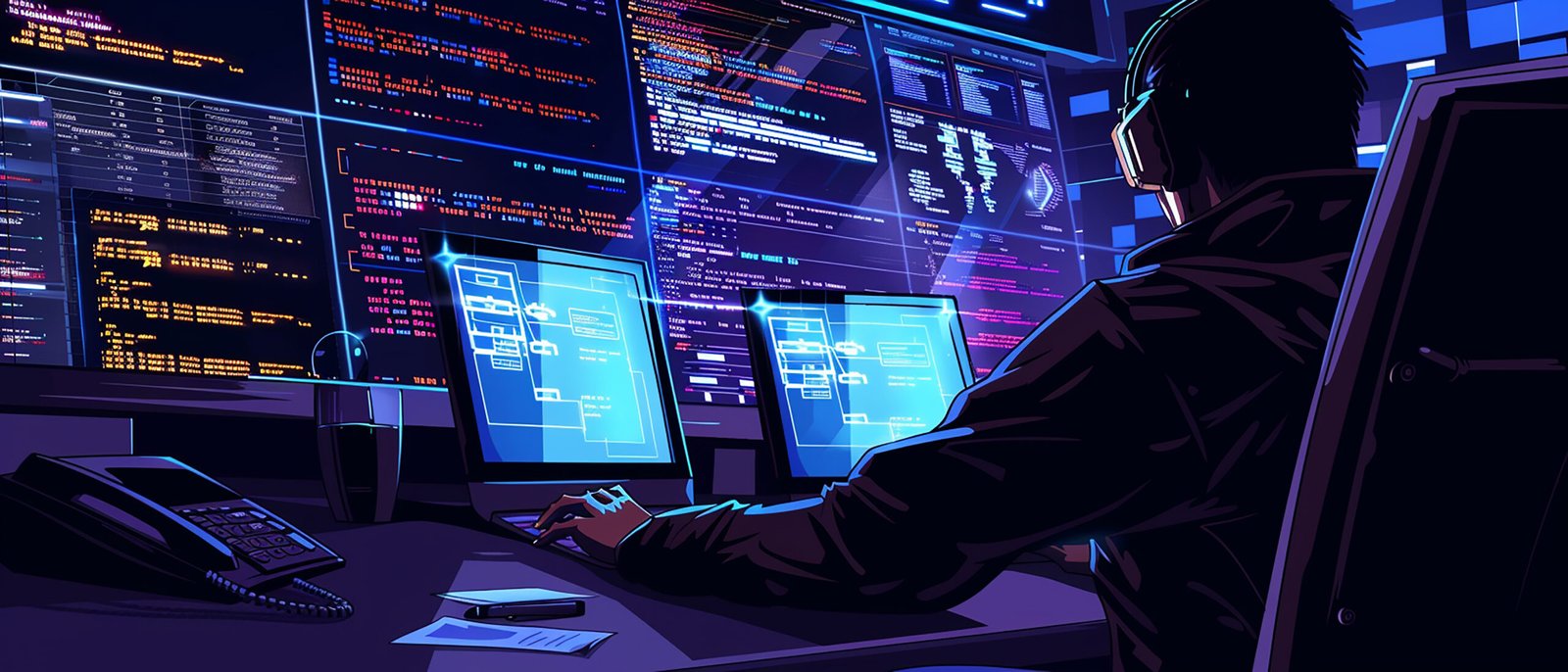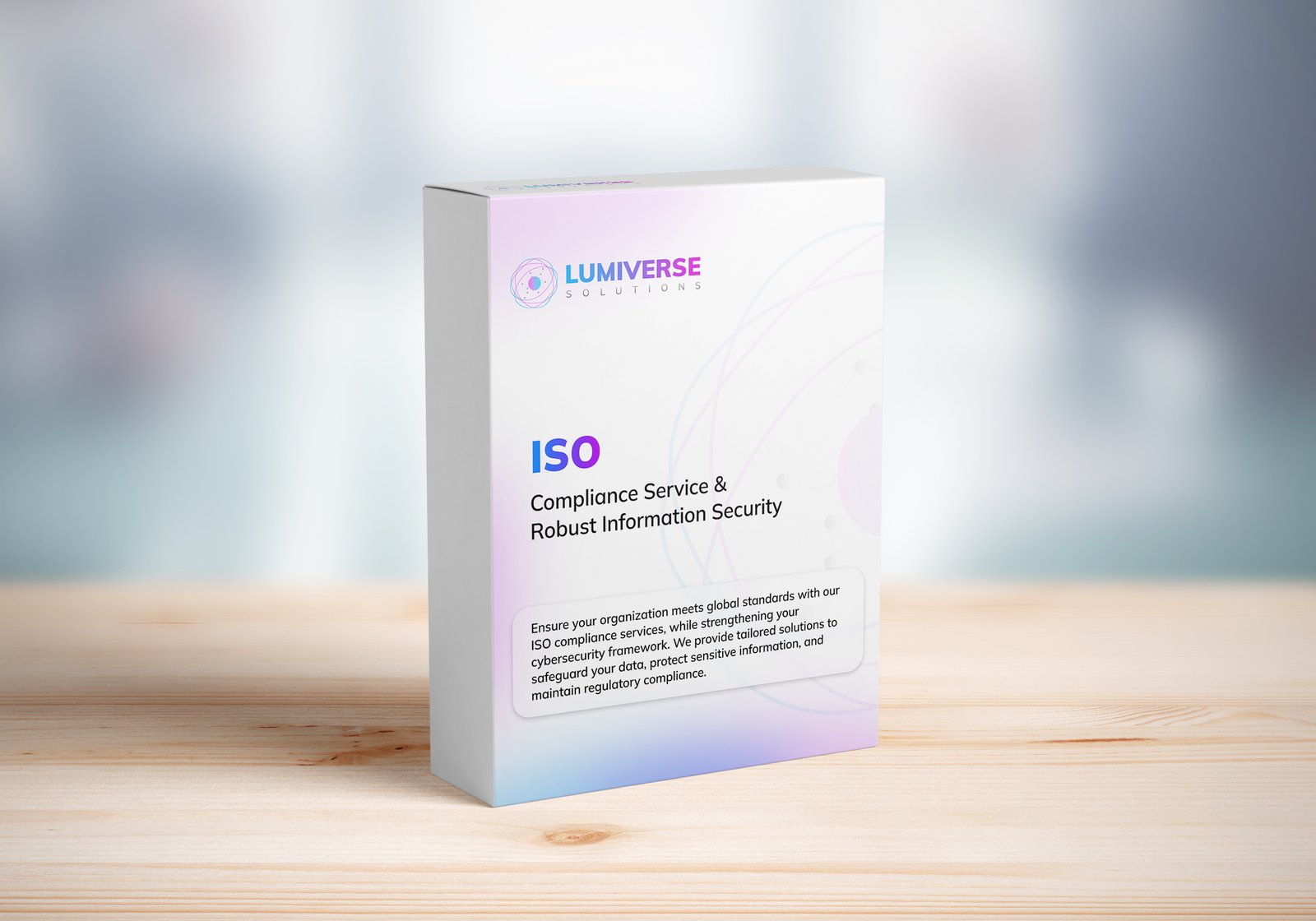How Hacktivism Is Changing the New Cyber Attack Landscape

INTRODUCTION
There has lately been a remarkable increase in cyberattacks that are not financially motivated, but ideologically so. The topic of How Hacktivism Is Changing the landscape of cyber attacks is one that should be given top priority. Hacktivism, or the fusion of hacking and activism, is leveling the playing field when it comes to cybersecurity and compelling organizations to change the way they defend themselves. These hacktivists have a tendency to execute campaigns that are politically driven, trying to propagate messages, cause disruptions, or expose corruption.
How Hacktivism Is Changing the dynamics of cyberattacks can be seen in its growing frequency and complexity. From causing disruptions to government agencies to exposing private information, hacktivists have begun to attack groups they consider to be unethical or oppressive. This article examines the development of hacktivism’s involvement in cyberattacks, how it’s changing the future of threats, and how organizations can defend themselves.
Chapter 1: Defining Hacktivism and Its Evolution
Hacktivism has existed for more than two decades, but the way hacktivism is evolving has remained in step with technology and social media innovation.
Early Examples of Hacktivism
One of the first reported cases of hacktivism is the 1999 World Trade Organization (WTO) protests, in which activists used cyberattacks as a tool to disable global trade and bring attention to environmental concerns. All of these activities were a part of a broader social justice movement.
As the internet became more mature, hacktivism ensued. Hackers began targeting corporations, governments, and other institutions that they felt were engaging in unethical activities, such as environmental degradation, human rights violations, or censorship.
How Hacktivism Is Changing is observed through increased participation by decentralized hacker communities, the most publicized of which is Anonymous. Anonymous is now the term used for hacktivist activity and has carried out headline strikes against governments, police, and multinational corporations.

Chapter 2: The Motives Behind Hacktivism
Identifying the way hacktivism is redefining the image of cyberattacks involves understanding why hacktivists conduct such attacks. Unlike most cybercriminals who are prompted by financial gain, hacktivists are prompted by political or ideological objectives. The main driving factors are:
Political Statements
Hacktivists attack governments, political parties, or individuals to send a political message. For instance, Anonymous has attacked governments and corporate companies involved in controversial behavior, like surveillance plots or bribery.
Different groups of hacktivists protest censorship by media or governments limiting freedom of speech or internet censorship. In attacking them, hacktivists seek to maintain open access to information.
Social Justice and Human Rights
Hackers typically target institutions that they perceive are exploiting basic human rights, such as oppressive regimes or businesses whose undertakings are unethical, such as child labor or environmental destruction.
Environmental Activism
Environmental issues are also a key motivator of hacktivism. Groups such as Anonymous have targeted institutions that they perceive are destroying the environment through pollution, deforestation, or irresponsible practices.
Chapter 3: Most Notable Hacktivist Attacks and Their Impacts
Over the years, numerous cases have seen how hacktivism is reshaping the cyberspace threat landscape. It has evolved, widened, taken on new strategies and objectives, reflecting the continually expanding effectiveness of hacktivist organizations. These are some main examples:

1. The Sony PlayStation Network Attack (2011)
Anonymous hacked Sony’s PlayStation Network (PSN) in 2011 via DDoS attack when Sony deleted “OtherOS” features from its gaming console. The attack took PSN offline and dumped sensitive information, including user information.
2. Arab Spring (2010-2012)
Hacktivists attacked Middle Eastern governments in the Arab Spring to aid anti-government protests. Specifically, groups such as Anonymous hacked Egyptian government websites to demonize President Hosni Mubarak’s government. These are merely some examples of how hacktivism is remapping the role of cyber tools used by political movements to have their voices heard.
3. Democratic National Committee
The Russian hacktivist group carried out the hack and leakage of thousands of DNC emails during the U.S. presidential election campaign. The hack, blamed on state actors, showed the extent to which hacktivism is reshaping the nature of geopolitical competition and the overlap of cyberattacks and political ends.
Operation Payback involved a series of cyberattacks by Anonymous against organizations that were not supporting WikiLeaks. Financial institutions, governments, and other organizations that involved themselves in blocking or censoring access to WikiLeaks content were the target of the cyberattacks.
The above incidents reflect how hacktivism is transforming the world of cyberattacks by expanding the scale of targets for the attacks to high-profile political groups and governments from mere protesting to massive-scale cyber warfare.
Chapter 4: Hacktivists’ Tool and Tactic
While hacking is transforming cyber attacks, so is the approach, weapon, and technology applied by hacktivists. Whereas hacktivism was previously just simple, for example, commonly DDoS (Distributed Denial of Service) centered, modern-day hacktivists employ complex means.
1. DDoS Attacks
DDoS attacks remain a popular method employed by hacktivists to flood servers and websites with traffic, rendering them inaccessible to authorized users. LOIC (Low Orbit Ion Cannon) is one of the most popular tools that have been extensively used in hacktivist operations.

2. Data Leaks and Exfiltration
Hacktivists are increasingly resorting to data breaches and leaks to attain their goals. By leaking sensitive data from governments, corporations, or political organizations, hacktivists seek to embarrass their targets and make a political statement.
3. Social Media Exploitation
Hacktivists also tend to use social networking websites to spread their messages and mobilize support. This has become a favorite method for hacktivists to inform people and build momentum for their causes, such as during #OpIsrael campaigns.
4. Phishing and Malware
Phishing and malware are employed by hacktivists to breach confidential information or result in system disruption. This tactic provides a hacking chance to penetrate organizations and steal information for the sake of unveiling corruption and misuse.
Chapter 5: The Impacts of Hacktivism
The advent of hacktivism has monumental effects on society, organizations, and information security. Though the hackers-in-disguise think their act is ethical as a form of protest, the aftermath of the attacks is catastrophic.
1. Economic Loss
Hacktivist assaults can potentially lead to financial loss to companies. DDoS attacks or data breaches usually amount to downtime, reputational harm, and even attorney fees.
2. Legal Consequences
Hacktivists are typically targeted by governments or corporations through legal avenues. Some of the actions of hacktivists, such as cyber attacks on government websites or stealing confidential information, are illegal and can result in serious criminal charges.
3. Ethical Issues
There is also furious debate on whether hacktivism is ethical or not. Hacktivists believe that they are doing public good even if what they do violates privacy, invades business, and inflicts damage to non-involved parties. Whether employing the use of hacking as a tool for protest can be defended on grounds of morality is debatable.
How hacktivism is reshaping the cyberattack environment is especially relevant where geopolitics are at play. Politically motivated hacktivist attacks can escalate global tensions. State-sponsored hacktivism will soon be an accepted weapon in the cyberwar between nations.
Chapter 6: Securing Against Hacktivist Attacks
Just as hacktivism is reshaping the cyberattack environment, organizations need to implement measures for securing against these new attacks.
1. Implement Robust Cybersecurity Measures
Investment in robust cybersecurity technology such as firewalls, encryption, and intrusion detection systems is essential to safeguarding against hacktivist attacks.

2. Periodic Penetration Testing
Periodic penetration testing will be able to detect the vulnerabilities in your systems that can be exploited by the hacktivists. The tests simulate real attacks to detect vulnerabilities and correct them before the attackers can exploit them.
3. Employee Awareness and Training
Social engineering is also utilized by hacktivist groups to gain entry into sensitive systems. Employee training on how to identify phishing attacks and suspicious activity can avoid successful attacks.
4. Incident Response Plans
Have an incident response plan with a clear definition so that a hacktivist attack is handled promptly. Taking prompt action will enable damage caused by a cyberattack to be mitigated.
Conclusion
The degree to which hacktivism is transforming the face of cyberattacks cannot be argued. As digital activism grows, organizations must stay vigilant and become masters at dealing with these new threats. The advent of hacktivism brings into focus the need for a good cybersecurity mechanism, the ethicality of cyberattacks, and the increasing role of digital activism in the modern political landscape. Hacktivists demonstrated that cybersecurity is not merely a matter of safeguarding oneself against profit-driven criminals but also safeguarding oneself against ideologically driven attacks.
In the future, the intersection of cybersecurity, hacktivism, and activism will only increase. It is imperative that organizations remain ahead of the curve in hardening their defenses, preparing for the next generation of cyberattacks, and grappling with the ethical challenges of this new digital frontier.
Disclaimer
The content of this site/weblog is general information only. Although we will take every effort to keep the information accurate and appropriate at all times, we make no express or implied representation.
You should not take any action or make any decision on the basis of the material here without consulting appropriate professionals.
We are not liable for any loss, damage, or inconvenience arising as a result of relying on any data, advice, or services that appear on this website. We include external links to other third-party websites only for the convenience of our users. We do not endorse or recommend the accuracy, content, or availability of linked websites.
Recent Posts
Categories
- Cyber Security
- Security Operations Center
- Cloud Security
- Case Study
- Technology Trends
Vulnerability Assessment & Penetration Testing (VAPT)
Buy our VAPT services to identify vulnerabilities, simulate real-world attacks, and strengthen your systems against cyber threats effectively.

iso compliance service
Buy our ISO Compliance services to streamline processes, ensure security, meet global standards, and maintain industry certifications with ease.

SOC 2 Compliance Audit
Ensure your business meets security, privacy, and compliance standards with our SOC 2 Compliance Audit services. Protect data, build trust, and stay secure. Buy our services today!

GDPR Compliance Audit Services
Ensure your organization meets GDPR standards with our expert compliance audit services. Protect data, avoid penalties, and enhance privacy practices. Buy our services today to stay secure and compliant!

Subscribe to our Research
Enter your email address to subscribe to Lumiverse Research and receive notifications of new posts by email.
Tell Us Your Opinion
We value your perspective! Share your thoughts, feedback, or questions below. Your opinion matters and helps create a richer, more engaging conversation. Let’s connect and hear what you think about this post!

